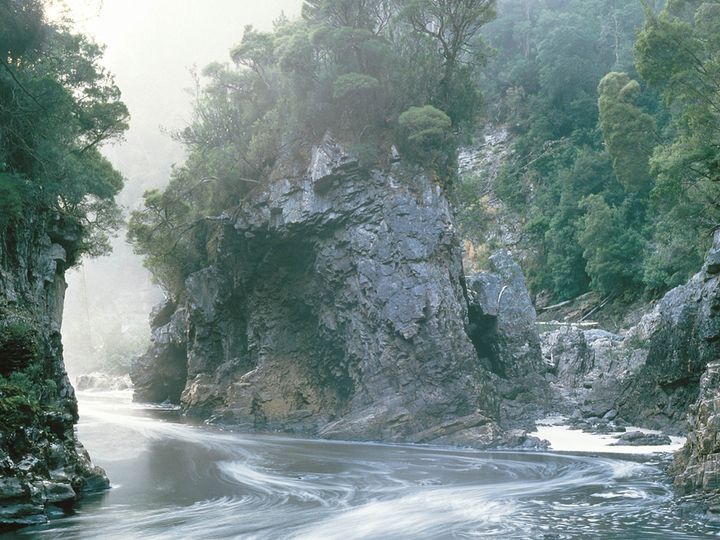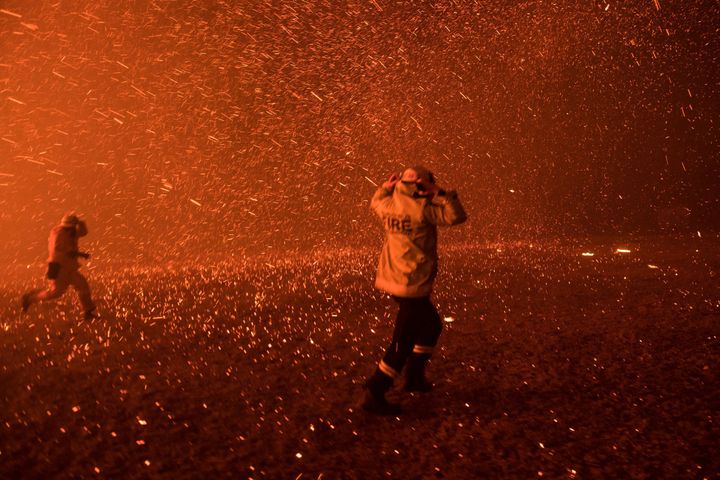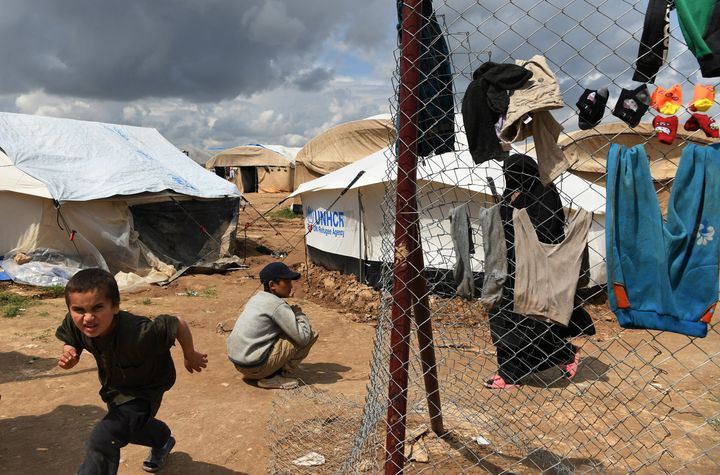
Miriam Deprez


Notes from the frontlines of Australia’s bushfire crisis
The 2019/2020 austral summer is arguably the worst season on record for bushfire-related destruction to Australia. Since the season began in October, some 1300 homes have been destroyed so far, with 160 fires still blazing in NSW alone at the time of writing. 23 people have died with 28

A conversation with Australian photojournalist, Kate Geraghty
Images of war are often synonymous with death and rubble, the destruction of entire cities and the victimisation of many, leaving us feeling distant and helpless. While the collective history of conflict images has often seen these descriptions reiterated in visual tropes, photography also has the power to cut through
